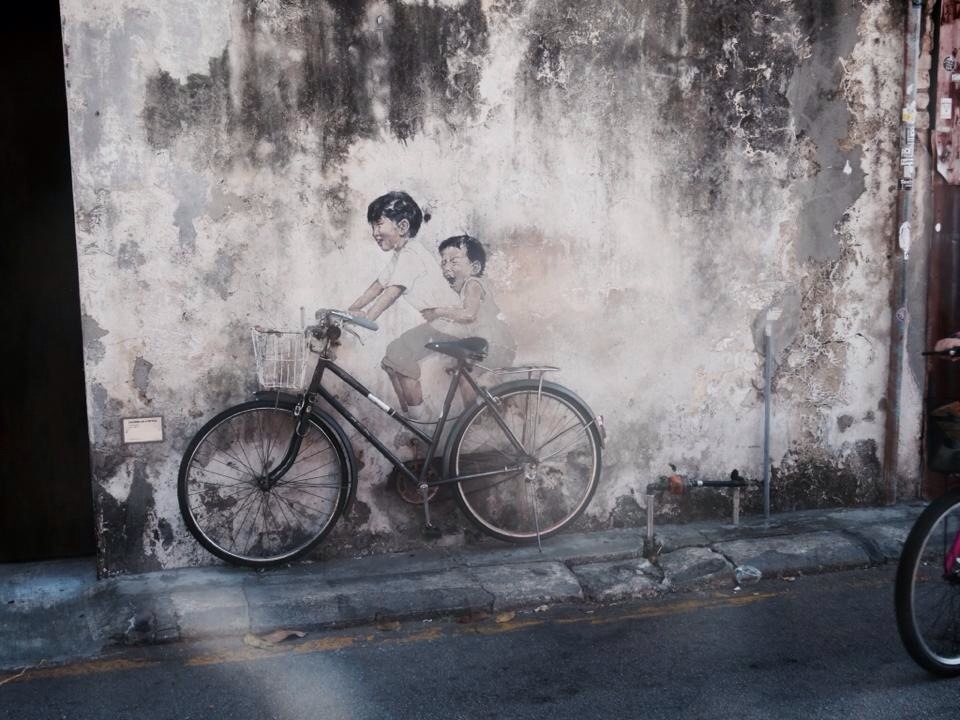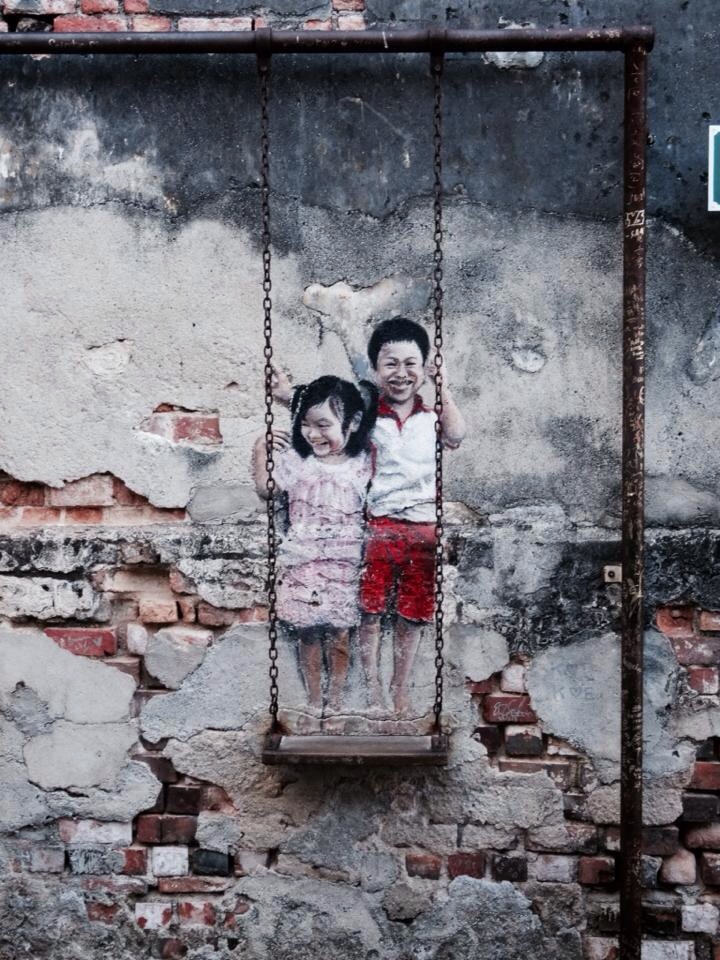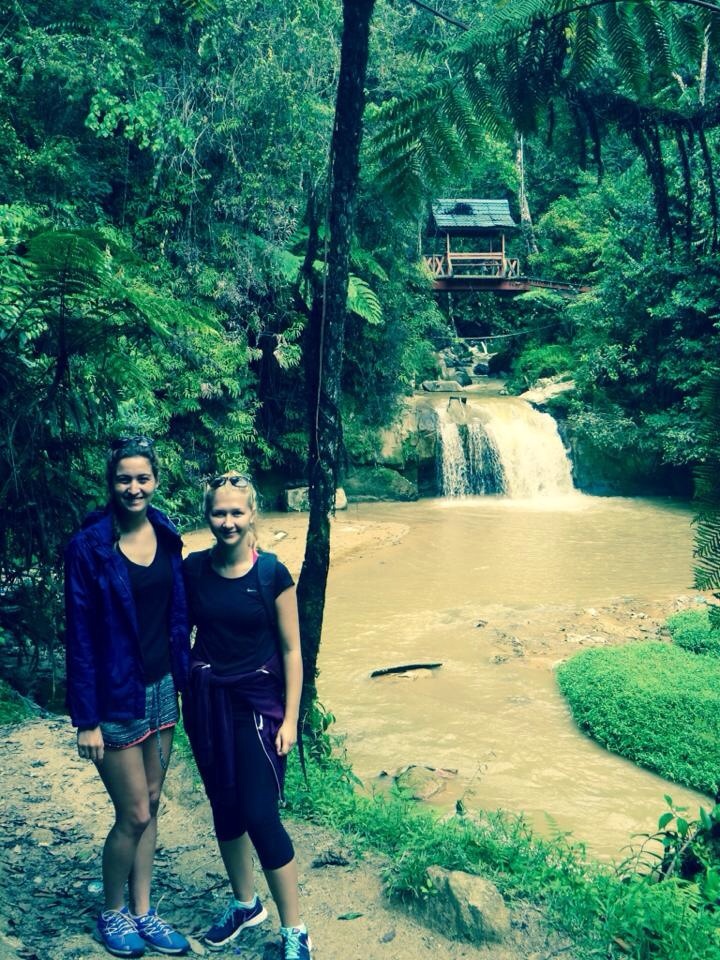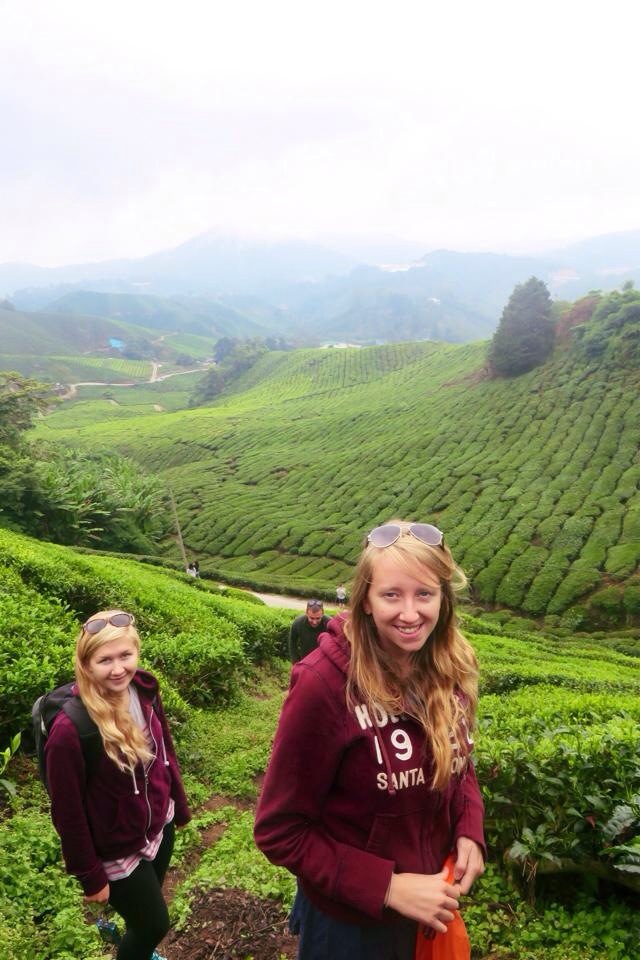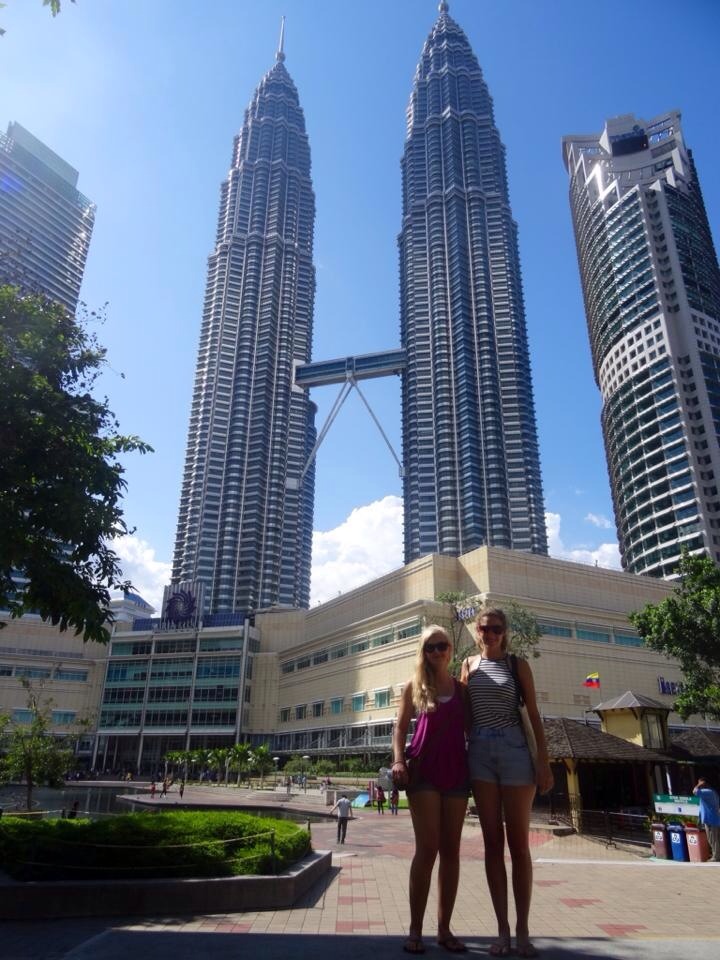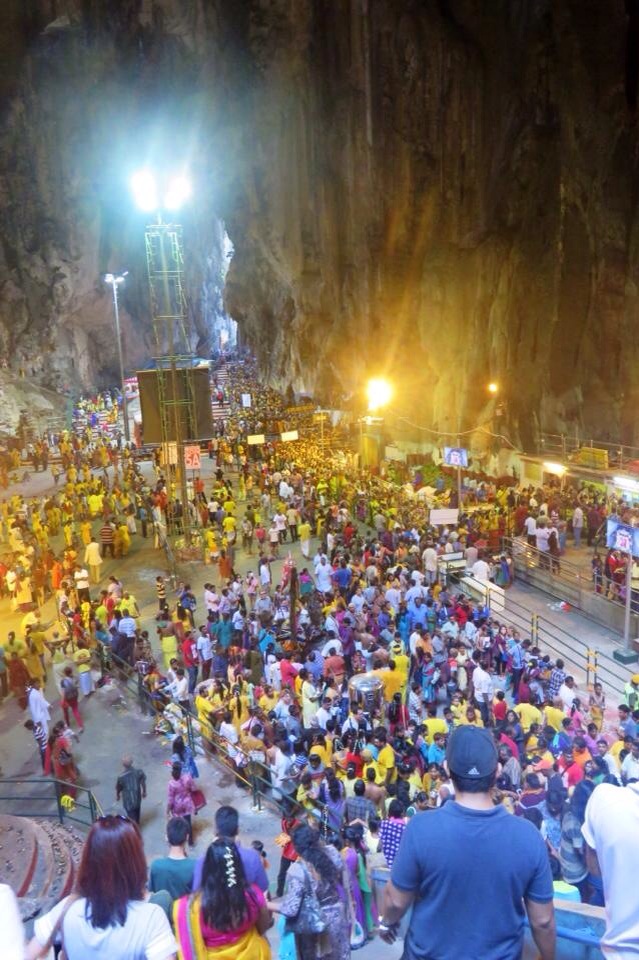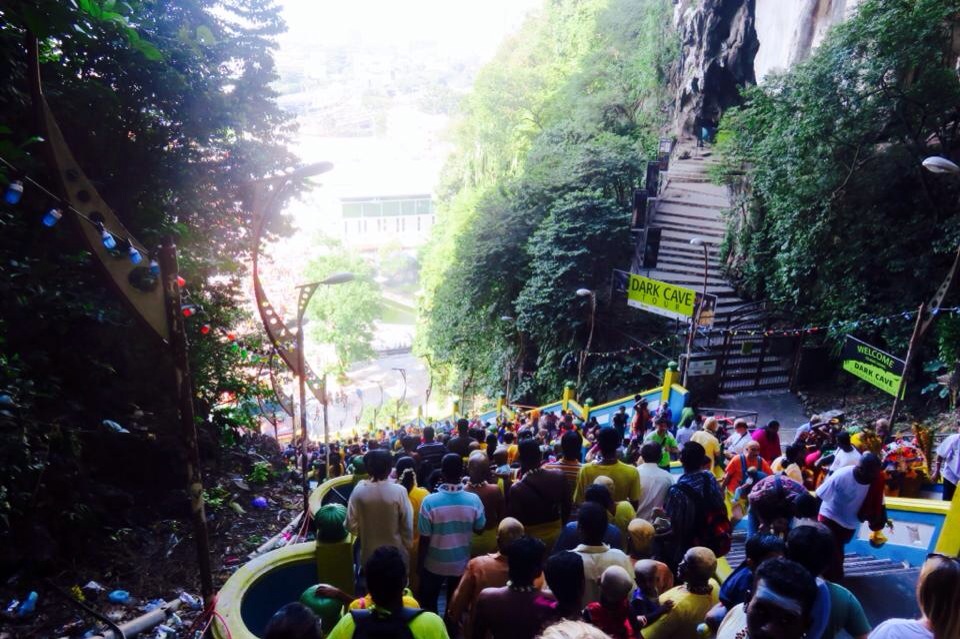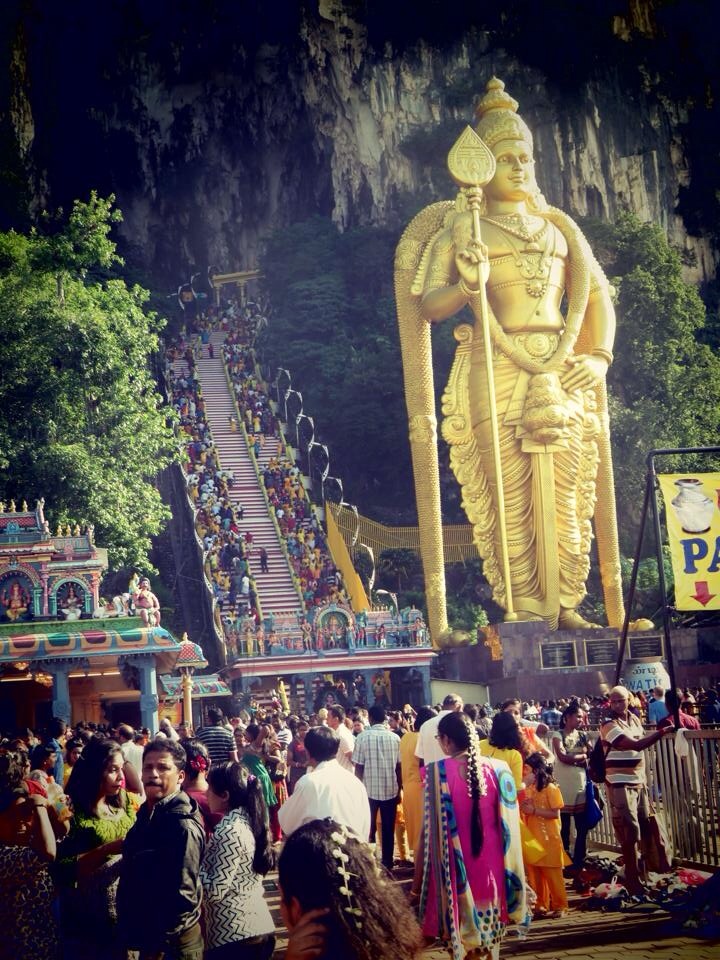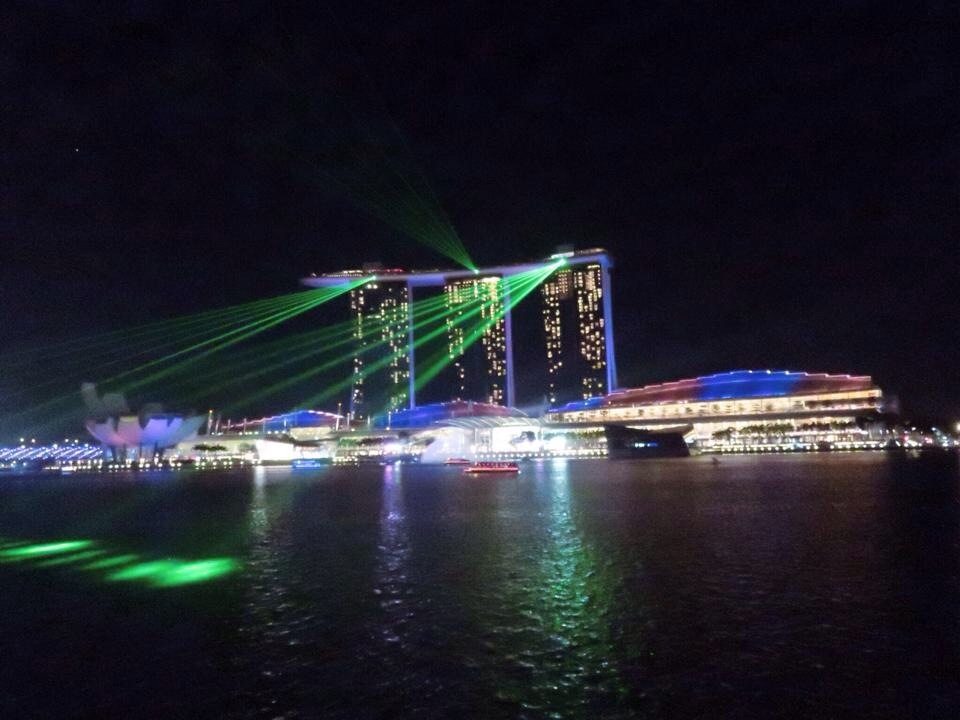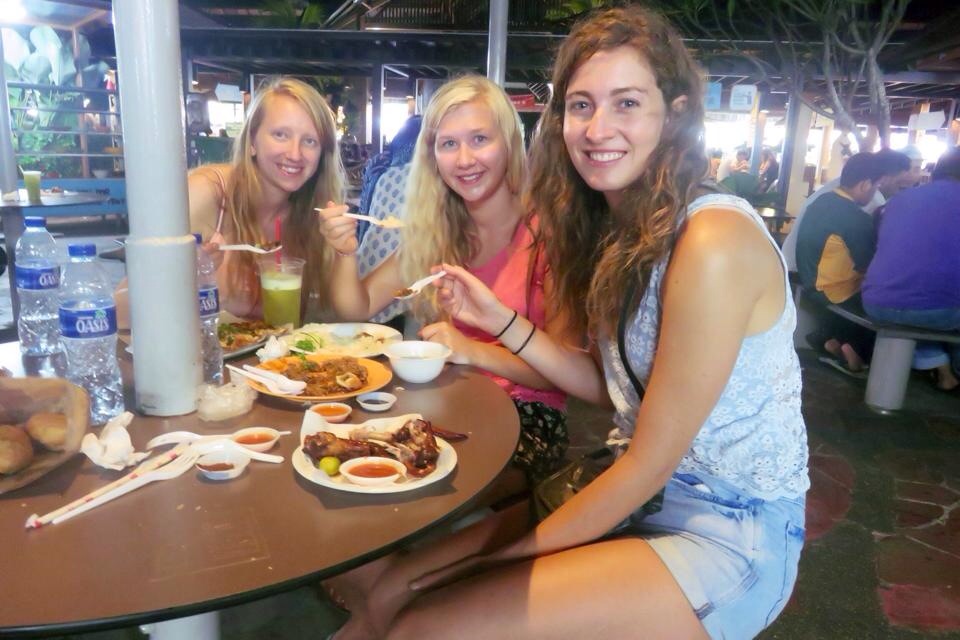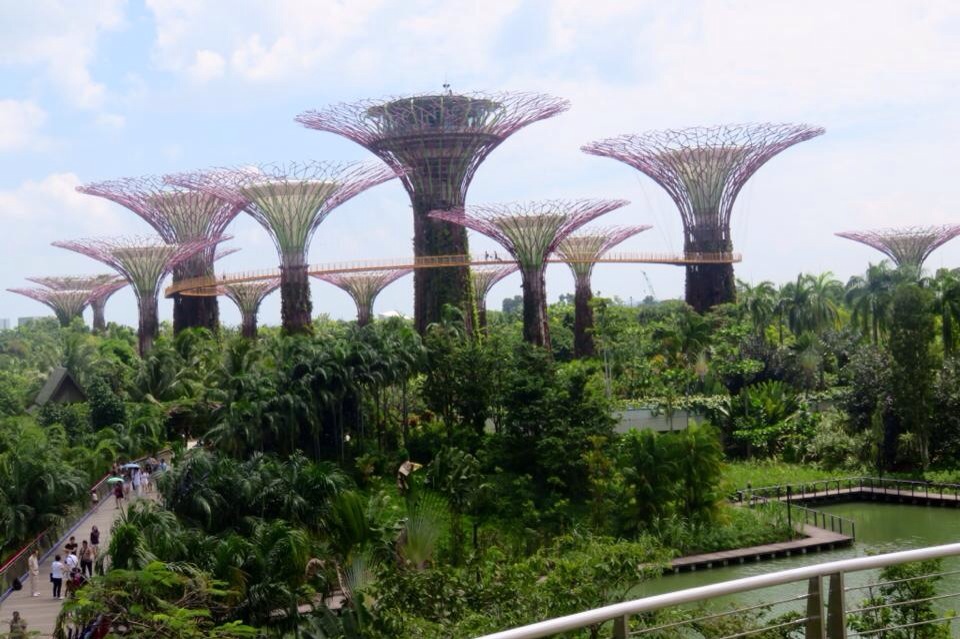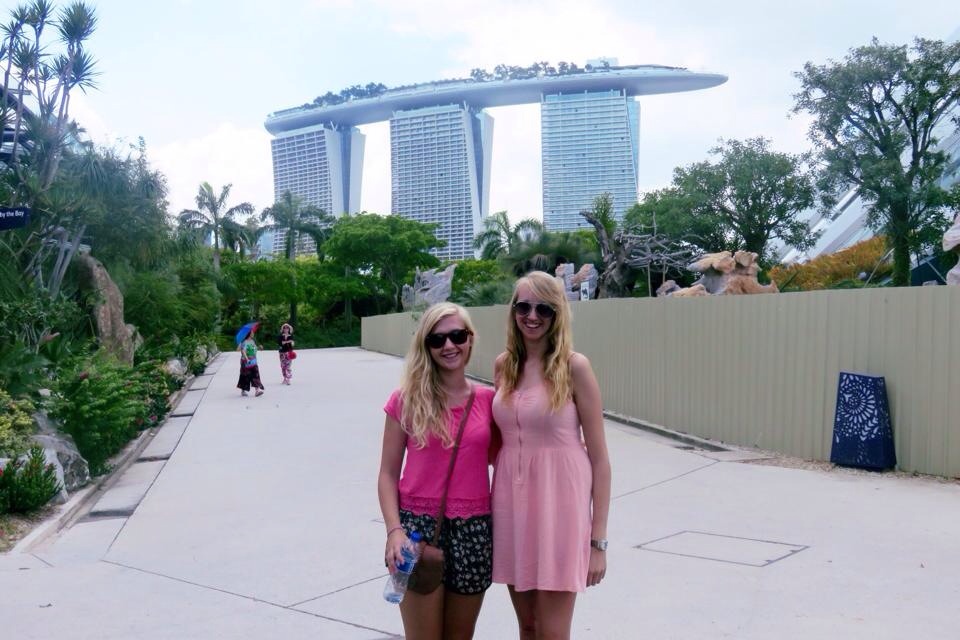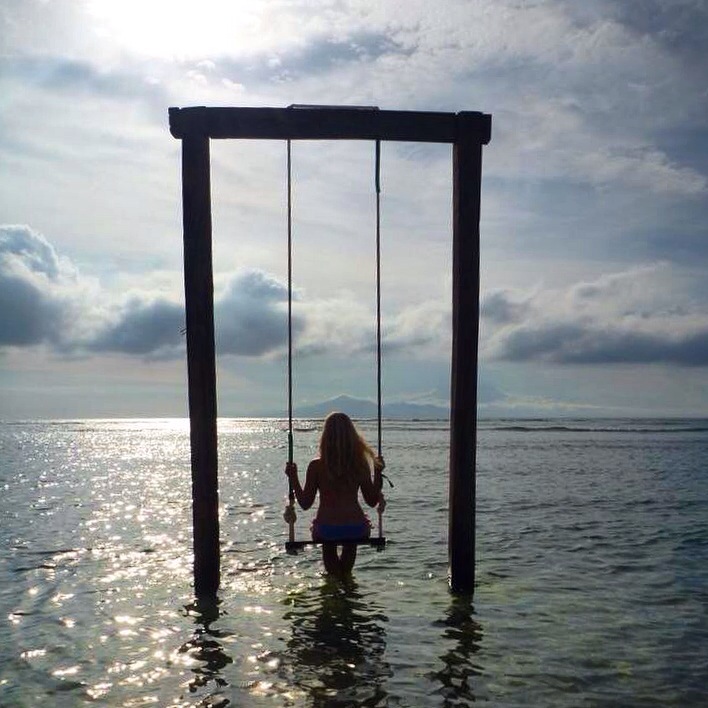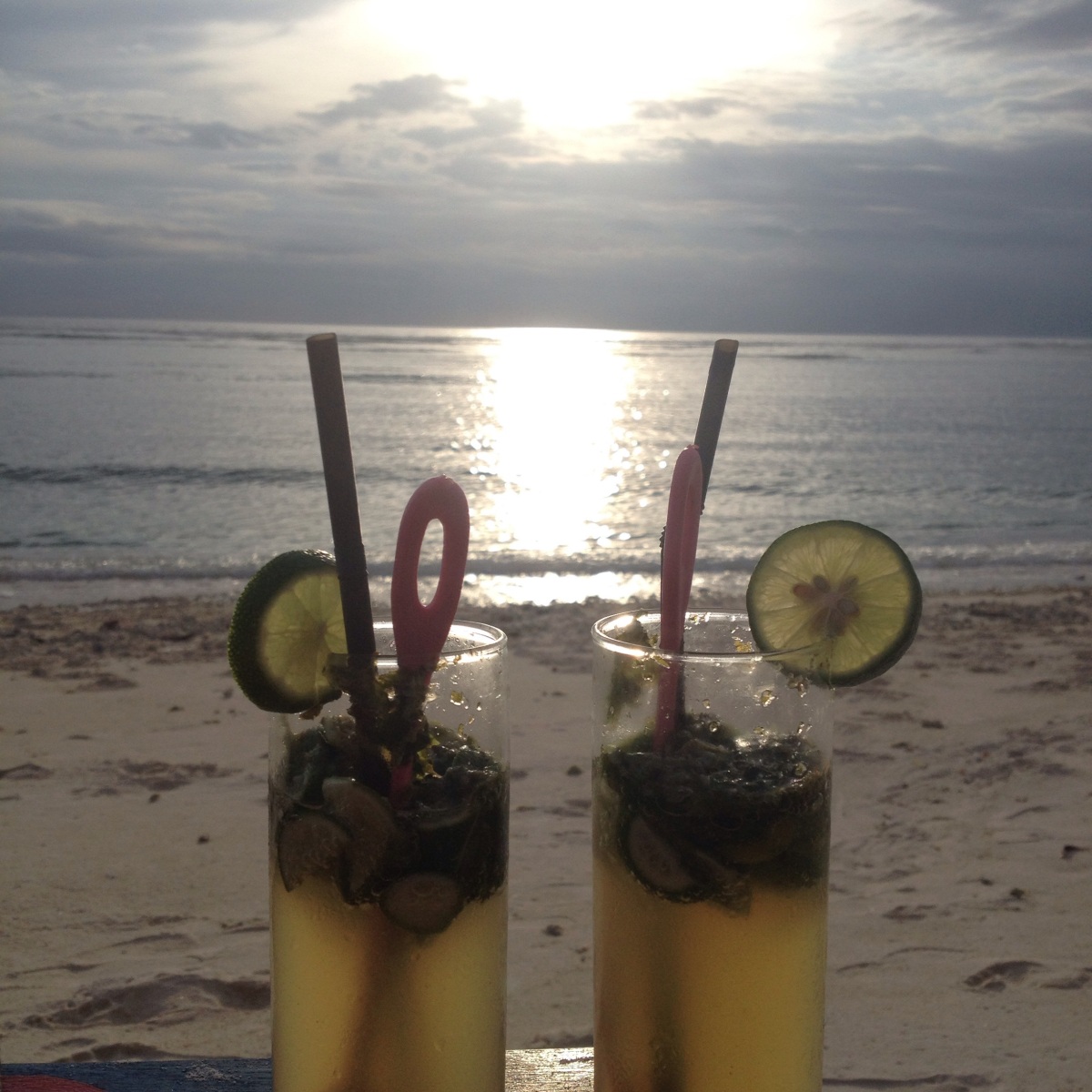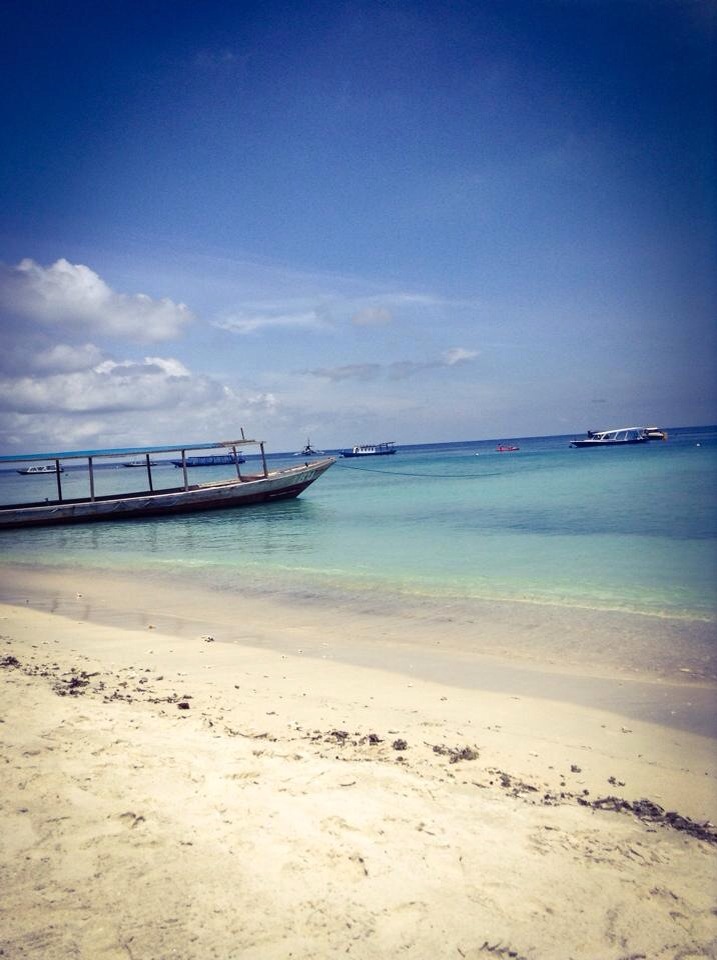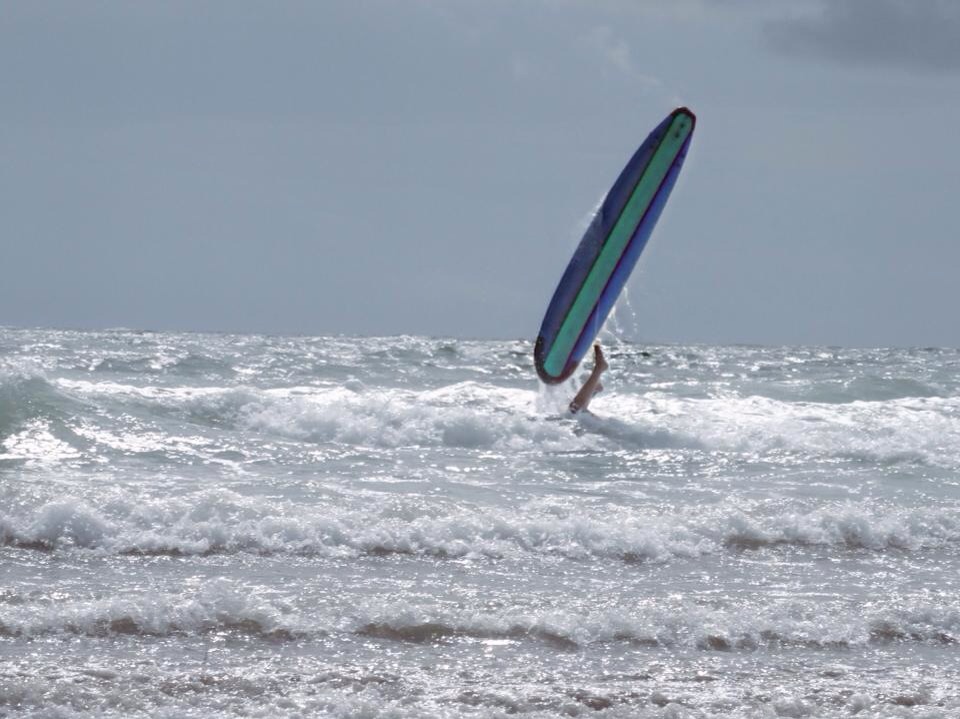We’d been told not to expect much more than a beach from Nha Trang, so factored in one day there to relax before continuing to Hoi An. We left Dalat in the morning and had arrived at our hostel by lunchtime, leaving us with an extra afternoon to fill. Thinking we’d just have extra beach time, we were persuaded otherwise. It turns out mud baths are quite a popular attraction in Nha Trang, and having missed out on the opportunity to go to hot water beach and dig my own mud pool in New Zealand, I was keen to go.
With that in mind, none of us were expecting the afternoon we had. It turned out to be a full on spa trip in a posh hotel (at an unbelievably low price). The mud bath was actually a Jacuzzi filled with liquid mud on our arrival. After soaking in it for the allocated 20 minutes, we were escorted to our next treatments, which included a sauna, steam room, Jacuzzi (this time with water), and foot bath (a welcome treat after living in flip-flops). I hadn’t felt so clean in a long time, and we even received a courtesy taxi ride back to our hostel to keep our feet clean for that little bit longer.
After our planned beach day, we got on the night bus to Hoi An, where we stayed for the next few days. Hoi An was unlike anywhere else we went in Vietnam. It’s a traditional Southeast Asian trading port and a UNESCO World Heritage site. Many of the buildings are made of wood and have Chinese and Japanese architectural influences. Besides the busier main street, it was mostly a maze of smaller relaxed streets, lined by clothes tailors and silk shops, and restaurants.
One of the main reasons people go to Hoi An is to get good quality, tailor made clothes at reasonable prices. After much deliberation over styles, we all got dresses made, and Bryony and I also splashed out on some jeans. After they’d taken our measurements and we’d selected materials and colours, I was expecting them to need at least 24 hours to make them. I was shocked when we were told to come back the following morning (it was already past midday). The items were finished so quickly, and the tailors made as many alterations as we wanted. If it wasn’t for budget constraints, I would have kept buying more as the whole process was so fun!
We’d conveniently arrived in Hoi An on the day of the Full Moon Lantern Festival, which happens on the 14th day of each lunar month. Colourful lanterns line the streets, and in the Old Quarter, electricity is turned off and transport banned. We went down to the river with a group of people from our hostel to join the thousands of people who were there celebrating. Everyone bought lanterns, before making a wish and setting them into the river. They disappeared among the hundreds of other tiny candles which illuminated the river as they floated down it. It was a beautiful scene, and felt so magical against such a historic backdrop.
We went to the festival with a group of people we’d met at the hostel. It was Chris’ Birthday so we went out for dinner to sample a restaurant famous in Hoi An, before continuing the celebrations at some of the bars. We made a great group of friends that night, who we stayed with for the rest of our time in Hoi An and over our next week in Vietnam (and is partly why this blog got so far behind!).
One of my favourite days in Hoi An was spent on a huge, empty beach (of similar vastness to those on the east coast of Australia), having a fun afternoon with the rest of the group playing games in the sea and rounders with a piece of driftwood as a bat (which I inadvertently shattered on an overly enthusiastic swing). It was worth the scary bicycle ride through busy streets to get there, but our return journey wasn’t best timed, bumping into the school run of parents on motorbikes blocking the road to collect their children. Bryony had contracted a puncture, but the Vietnamese road etiquette of just looking ahead seemed to work for her, and we all got back in one piece.
Our next stop was Phong Nha, where we spent my birthday.





















